Tribunals in India
Understanding the role and significance of tribunals in the Indian legal system.
What are Tribunals?
In India, a tribunal is an administrative body established to perform quasi-judicial functions. An Administrative Tribunal is not purely an executive body nor a judicial one; it operates in a space between a trial court and an administrative body.
The term ‘Tribunal’ comes from the word ‘Tribunes,’ referring to the magistrates of the Classical Roman Republic. Originally, a tribunal was an office held by Roman officials tasked with protecting the common citizens from the arbitrary actions of patrician magistrates. Generally, a tribunal is an individual or a group with the authority to adjudicate disputes or claims, regardless of whether it is explicitly called a tribunal.
The growing need to protect new rights amidst increasing state actions and to meet the demands of justice has led to the establishment of tribunals. The delay in resolving civil-related litigation has caused a significant backlog, and traditional courts have struggled to keep up. In response, tribunals have been created to address these issues and to promote the essentials of a new collectivist state aimed at establishing a democratic society. With the decline of laissez-faire policies, the state has become more active in influencing every aspect of life, necessitating these specialized bodies.
Key Types of Tribunals
Domestic Tribunals
Domestic Tribunals refer to tribunals created by or under a statute, such as the Bar Council of India and State Bar Councils established under the Advocates Act, 1961. Due to the backlog of cases in various courts, domestic tribunals and other tribunals have been established to address these issues. In legal terms, a 'domestic tribunal' is different from a regional tribunal. Domestic tribunals are administrative bodies designed to regulate professional conduct and discipline members by exercising investigative and adjudicative powers. In contrast, tribunals are quasi-judicial bodies set up to resolve disputes on specific matters, operating under the jurisdiction granted by the law that established them.
Statutory Tribunal
Statutory Tribunal: Based on the recommendations of the Swaran Singh Committee, Section XIV-A was added to the Constitution through the Forty-second Amendment in 1976. This section, titled 'Tribunals,' allowed for the creation of 'Administrative Tribunals' under Article 323-A and 'Tribunals for other matters' under Article 323-B.
The enactment of the Administrative Tribunals Act, 1985, brought many service-related cases under the jurisdiction of these tribunals, taking them out of the purview of various courts. Administrative tribunals established under Article 323A are not bound by the Indian Evidence Act, 1872, or the procedural constraints of the Code of Civil Procedure, 1908. However, they possess certain powers akin to those of civil courts, such as reviewing their own decisions, and they are guided by principles of natural justice.
In its 215th Report (2008), the Law Commission suggested revisiting the L. Chandra Kumar case by a larger bench of the Supreme Court. The report argued that Administrative Tribunals were established as a suitable and legitimate alternative to High Courts for handling government-related issues. It stated that the High Courts' right to judicial review should not be considered as inviolable as that of the Supreme Court. The Commission noted that if all cases decided by Administrative Tribunals had to be reviewed by the High Court, it would defeat the purpose of these tribunals. However, the Commission did not provide a clear explanation of why the High Courts' powers of judicial review could be seen as less inviolable than those of the Supreme Court, especially after the Supreme Court's decision in the seven-judge bench case of L. Chandra Kumar v. Union of India.
Differences Between Tribunals and Courts
The main difference between a court and a tribunal lies in how they resolve disputes. The Supreme Court, in the case of Virindar Kumar Satyawadi v. Punjab State, noted:
"A court differs from a quasi-judicial tribunal in that it is tasked with the responsibility of resolving disputes fairly and delivering a final judgment on the rights of the parties. Deciding in a judicial manner means that the parties have the right to present their arguments and evidence. It also implies that the authority has a duty to decide the matter based on the facts presented and in accordance with the law."
In Union of India V. R. Gandhi (2010), the Supreme Court discussed the roles of courts and tribunals, their establishment, and the differences between them.
Conclusion
Tribunals in India play a crucial role in providing specialized justice, complementing the work of traditional courts by focusing on specific areas of law. They help address the backlog of cases in the judicial system, offering a more efficient resolution process. Understanding the differences between tribunals and courts is essential for recognizing the unique function each serves in the administration of justice.
Share
Related Post
Tags
Archive
Popular & Recent Post




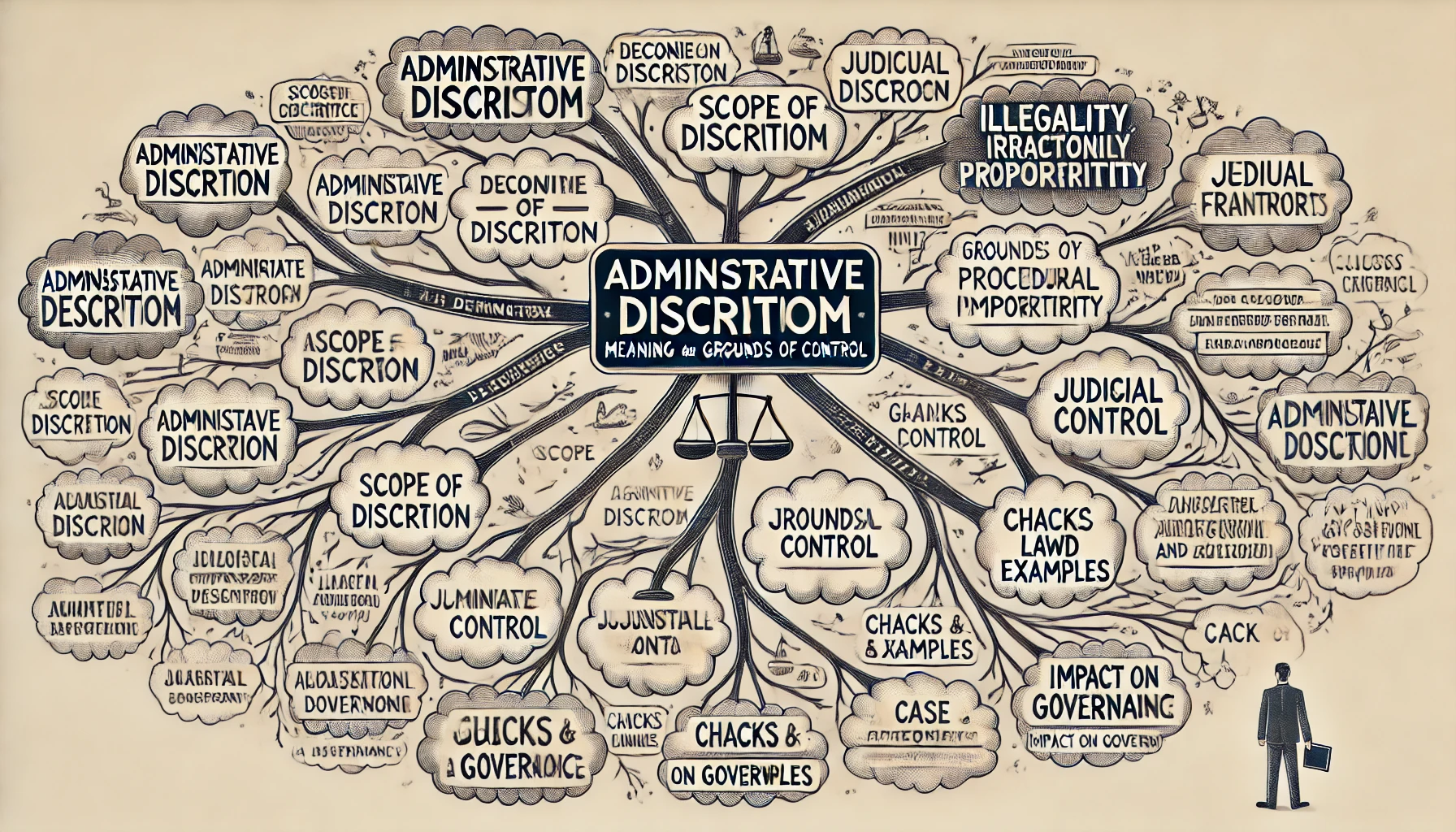

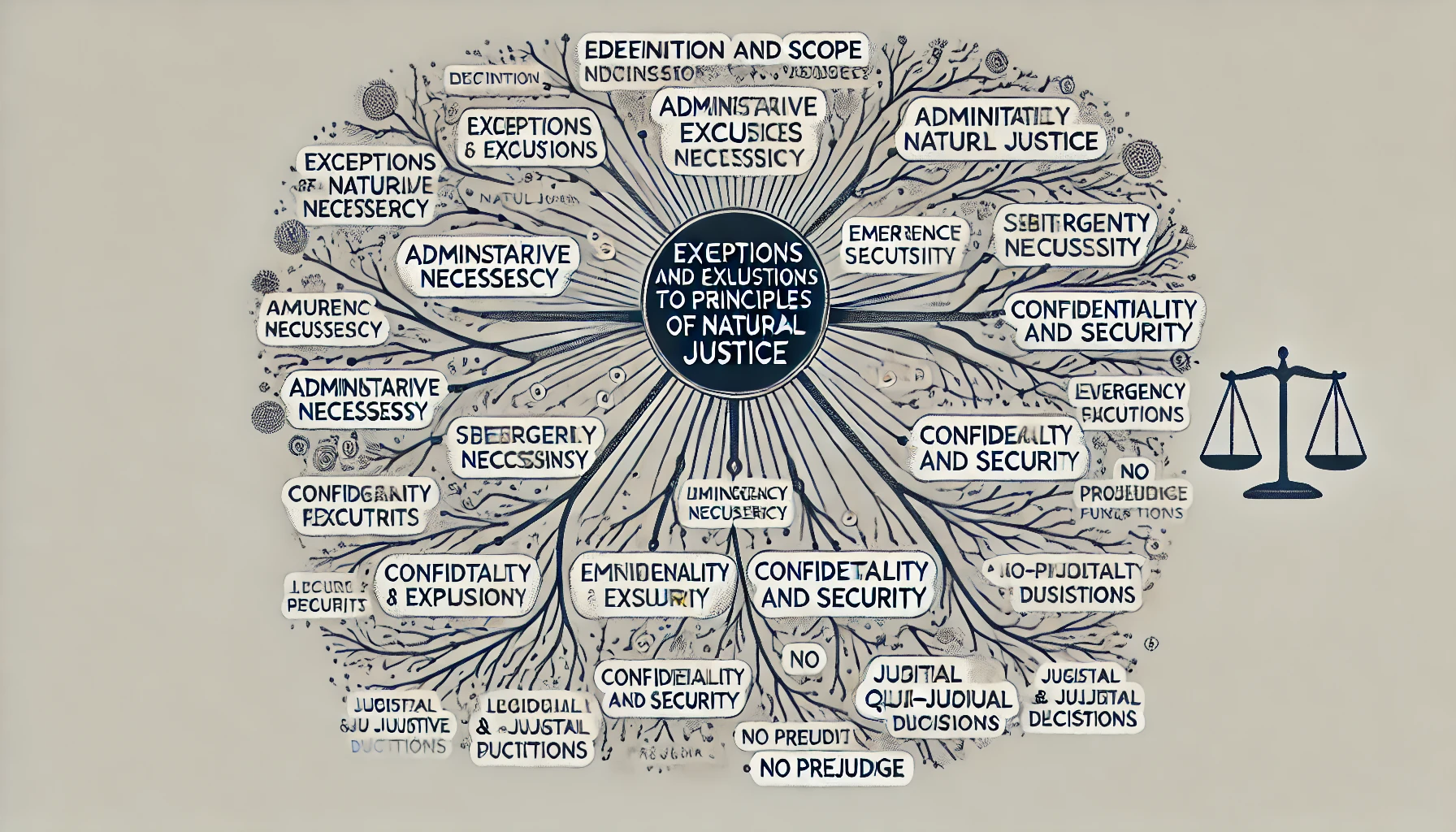
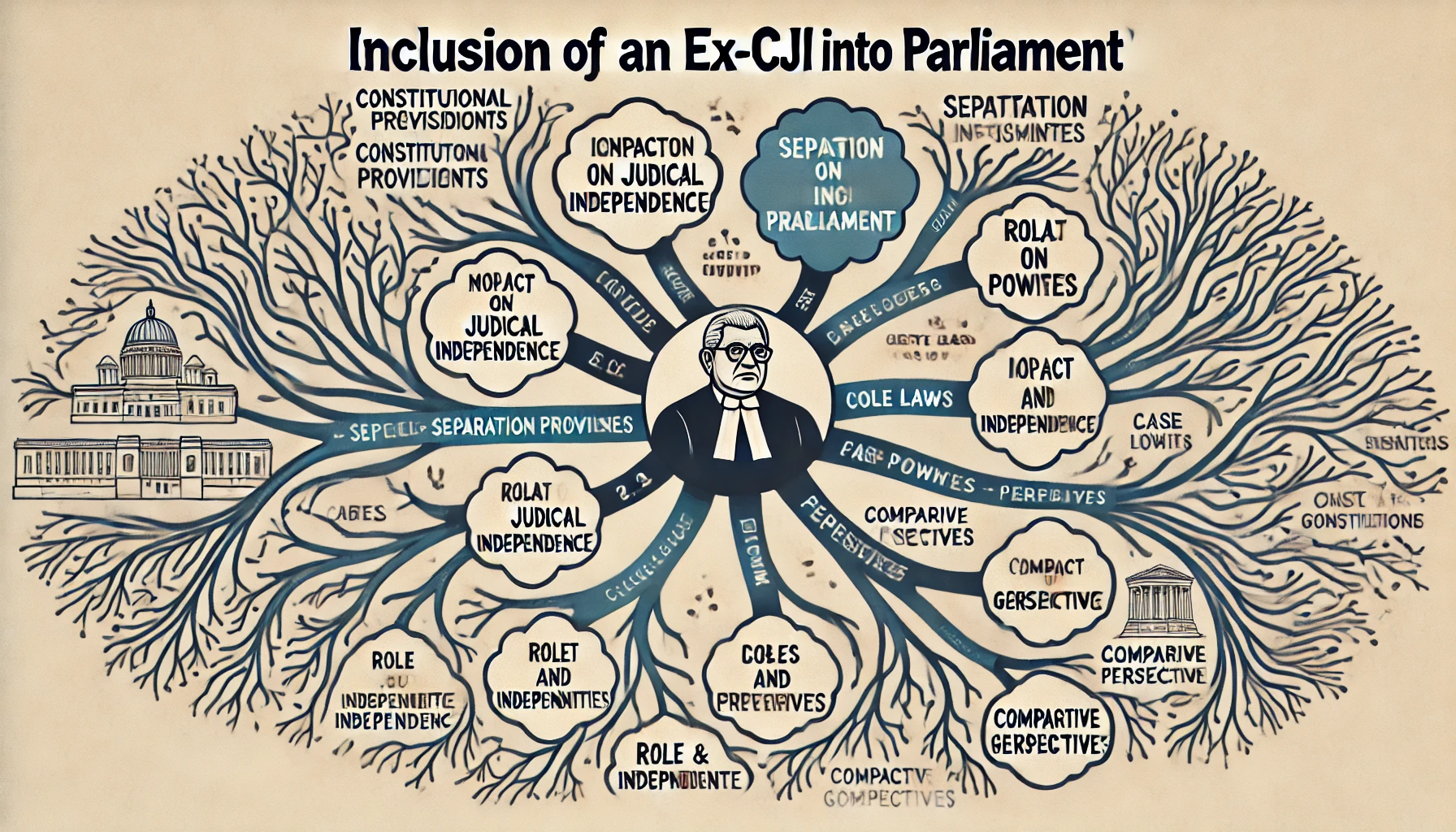
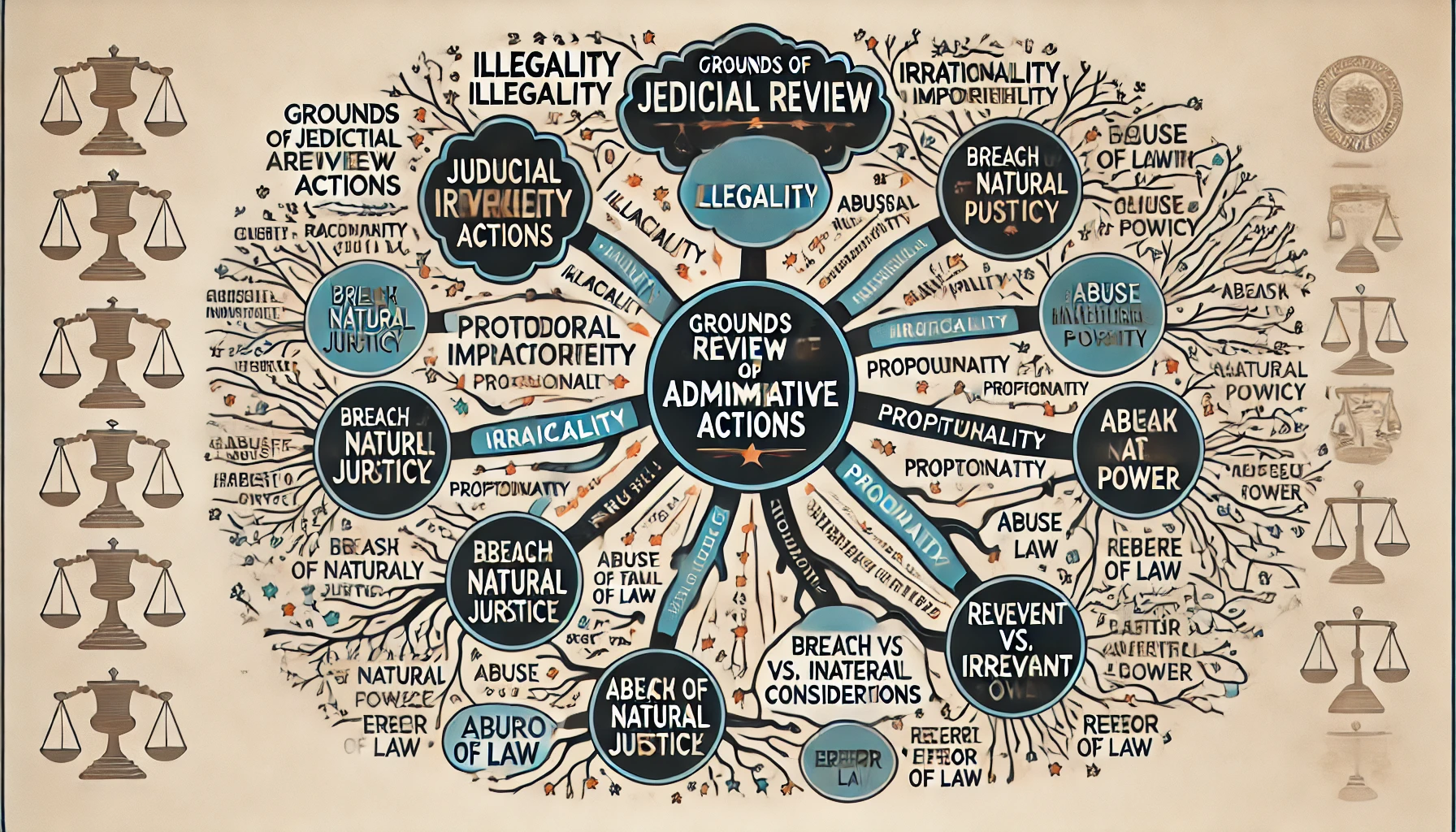

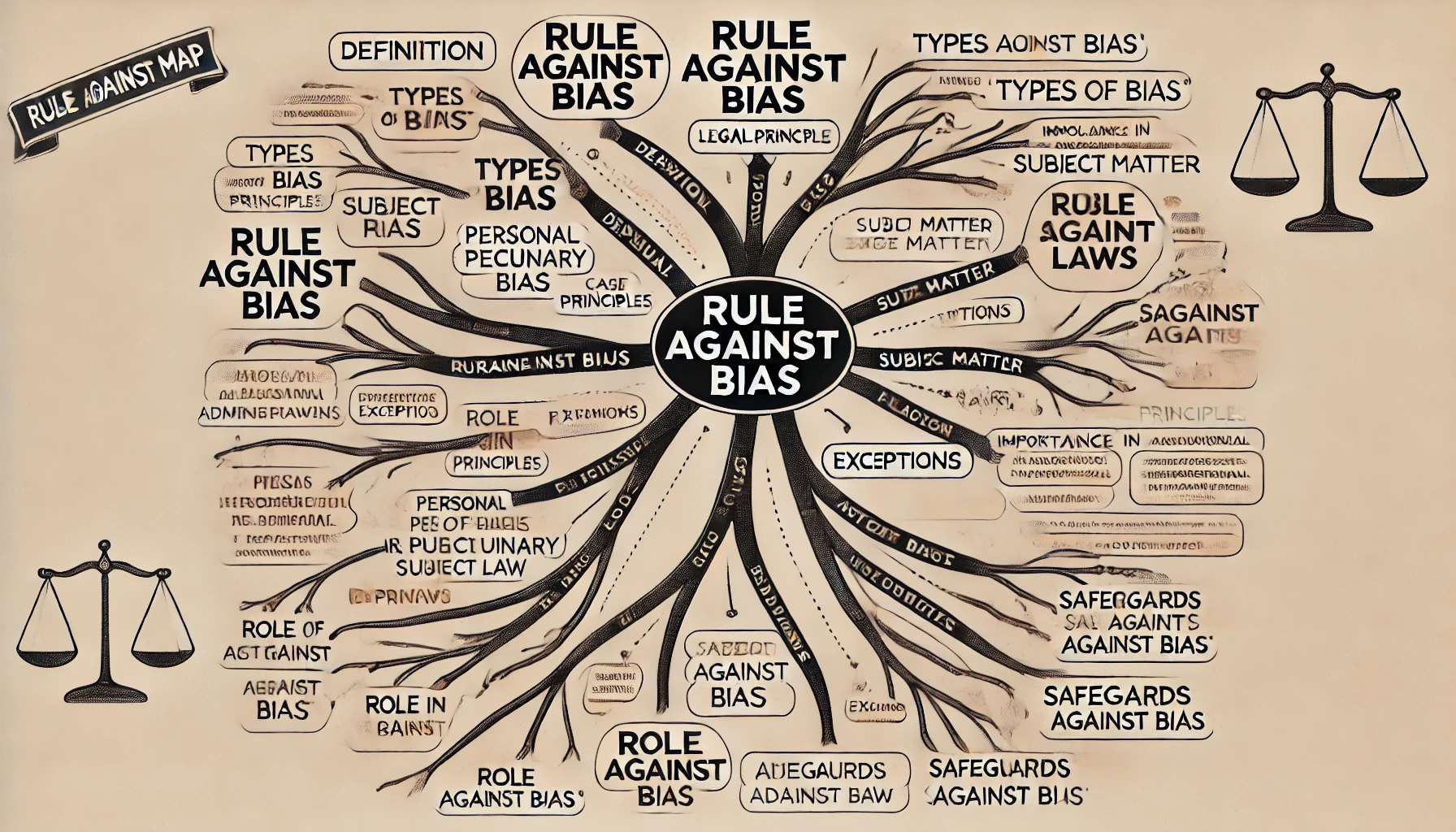
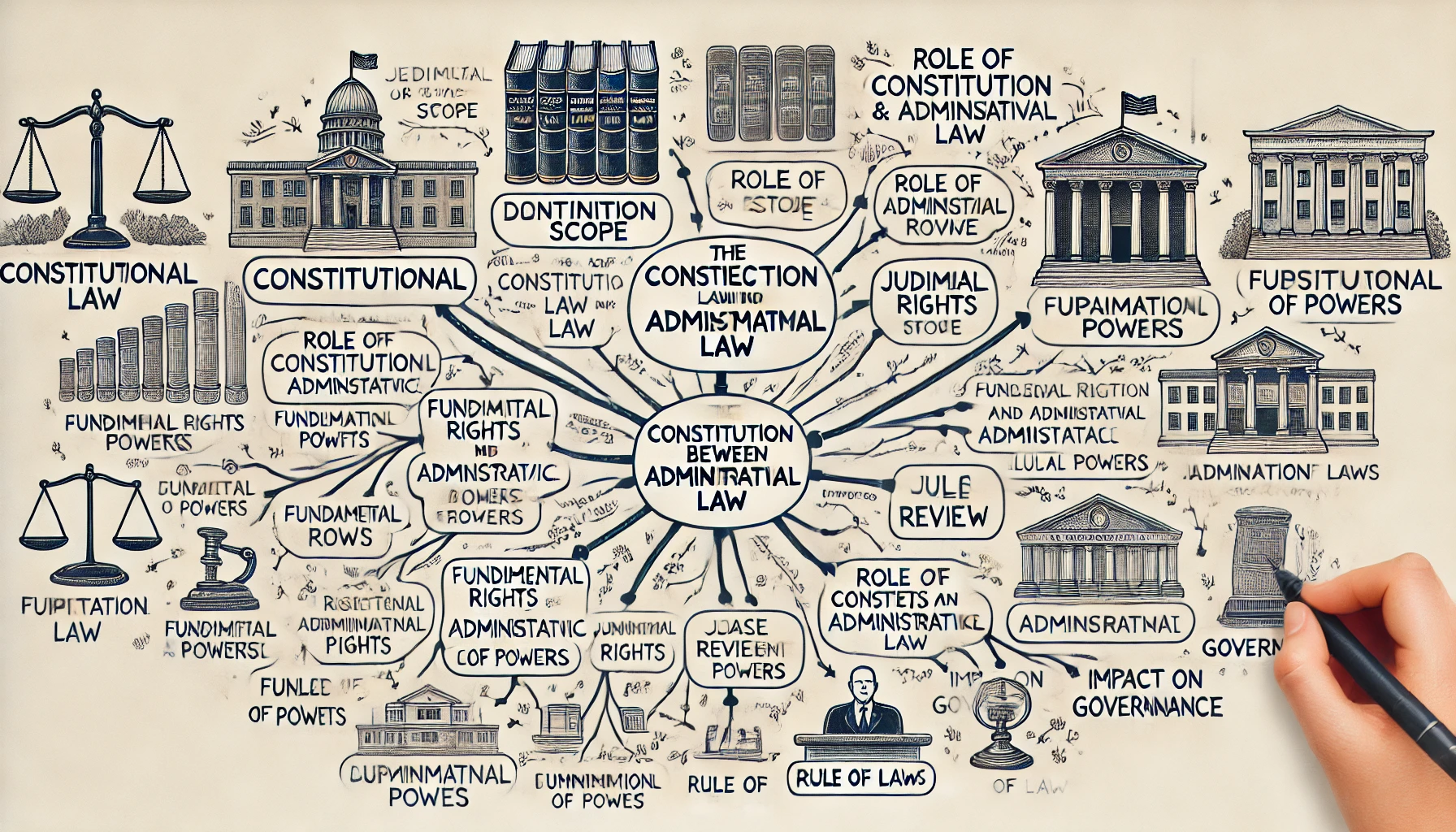
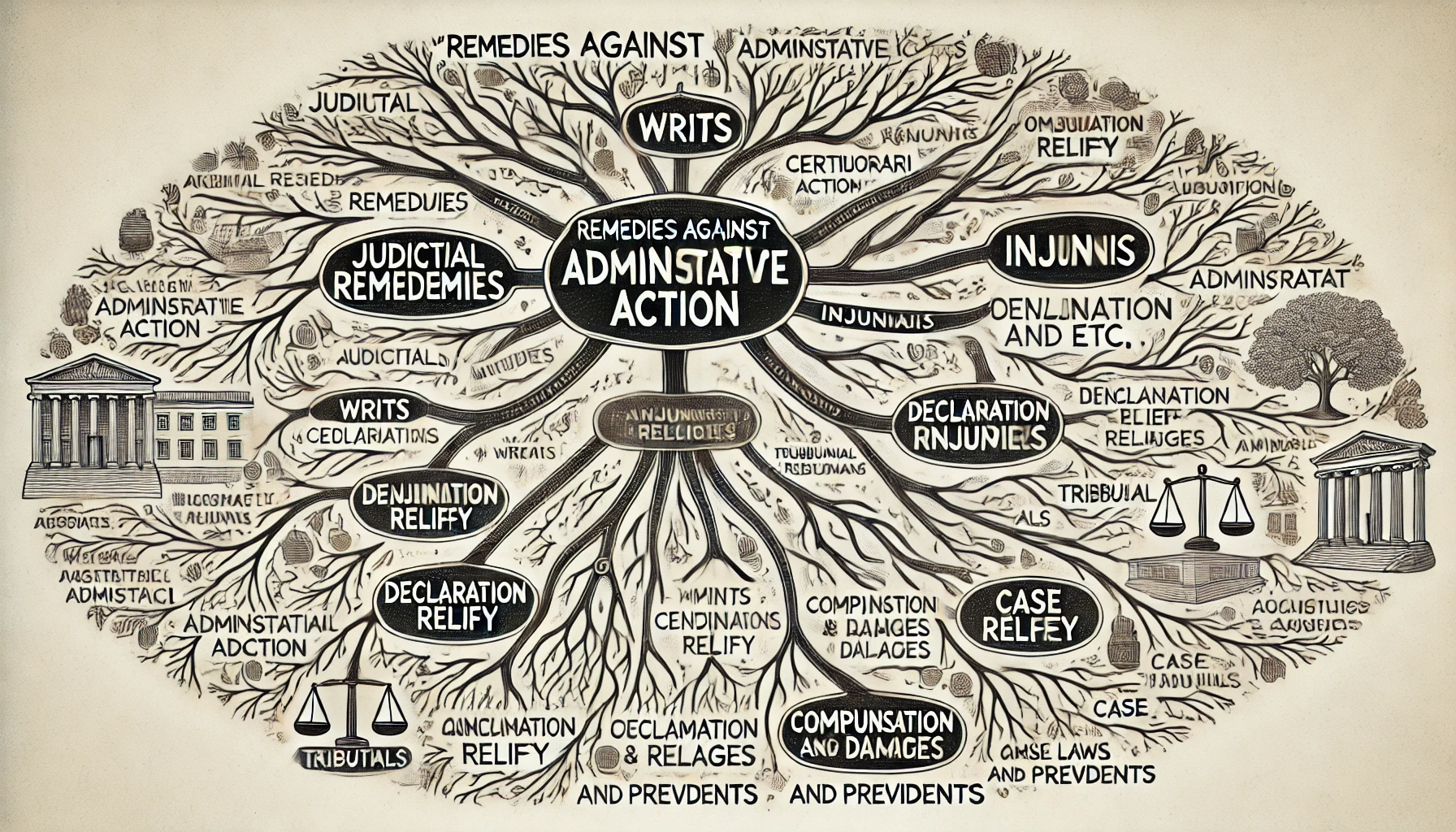
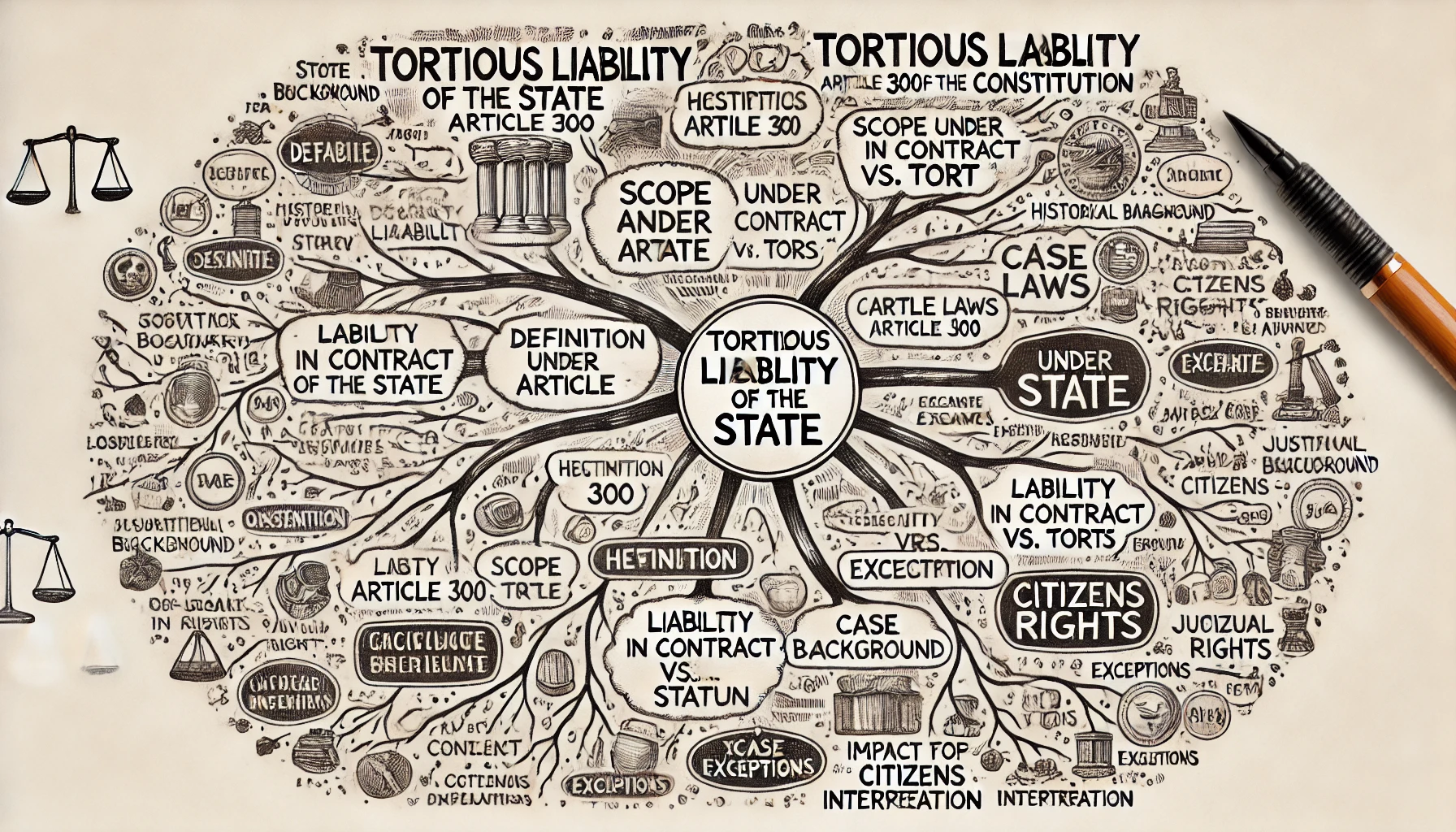

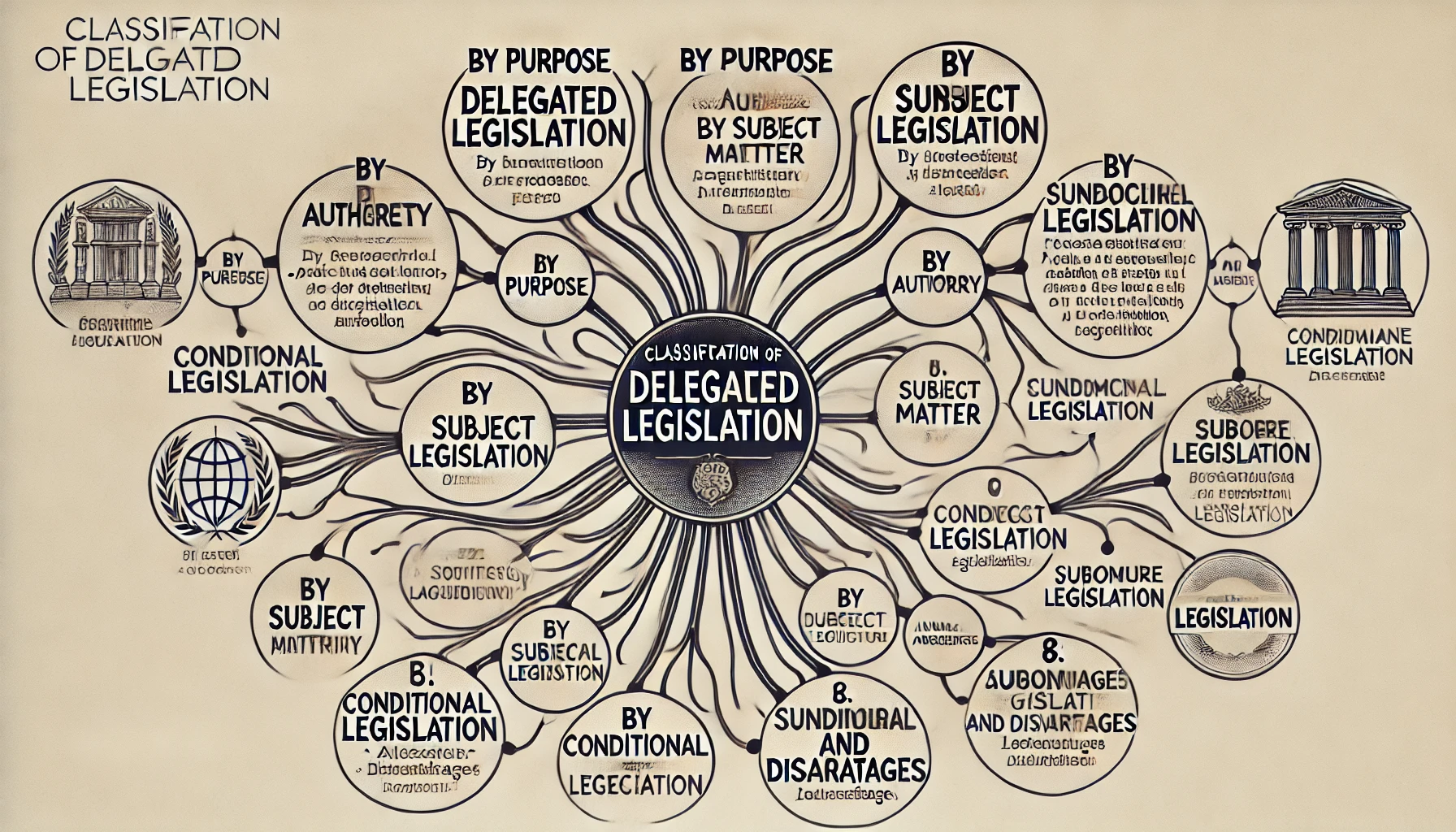

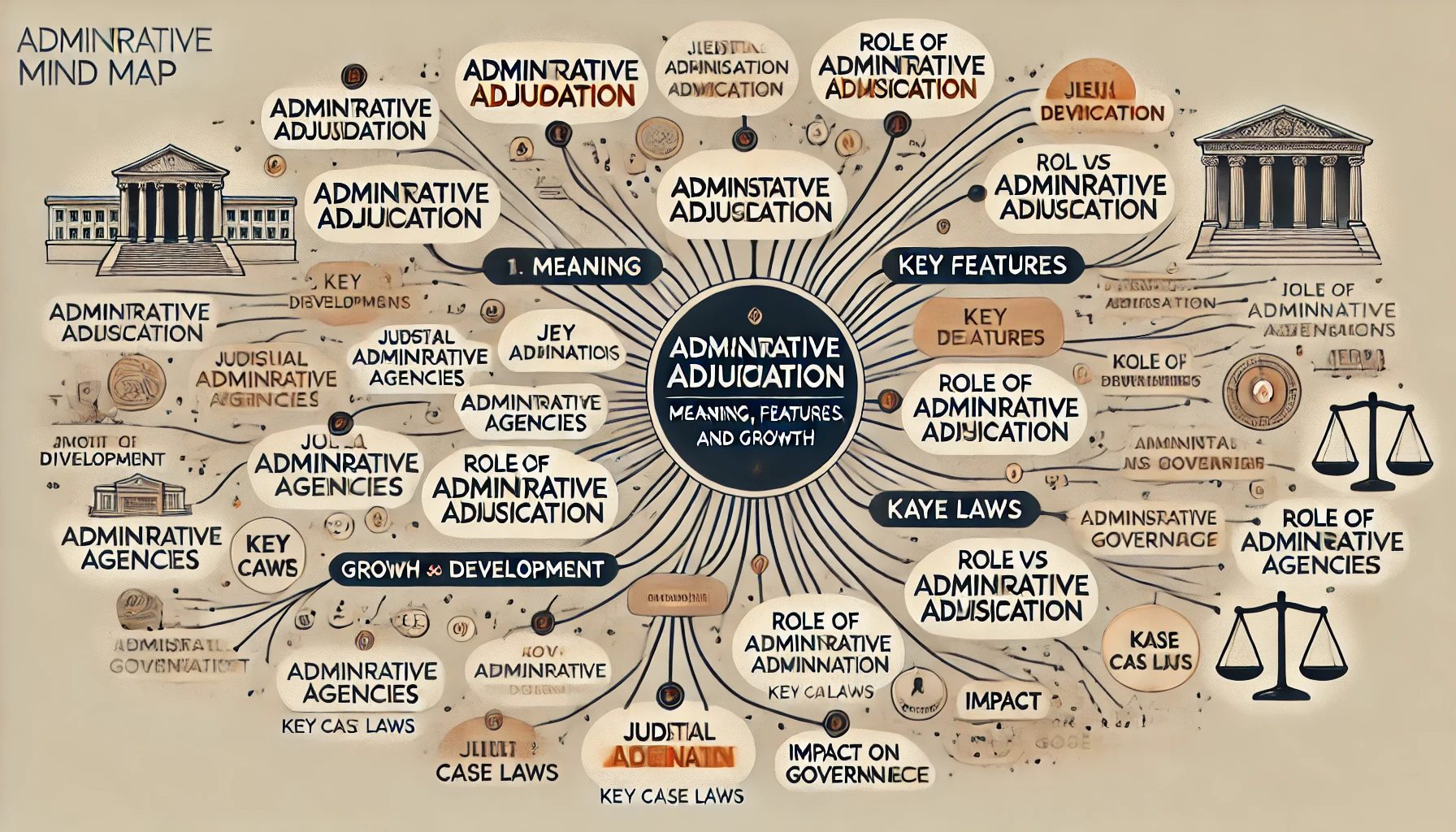
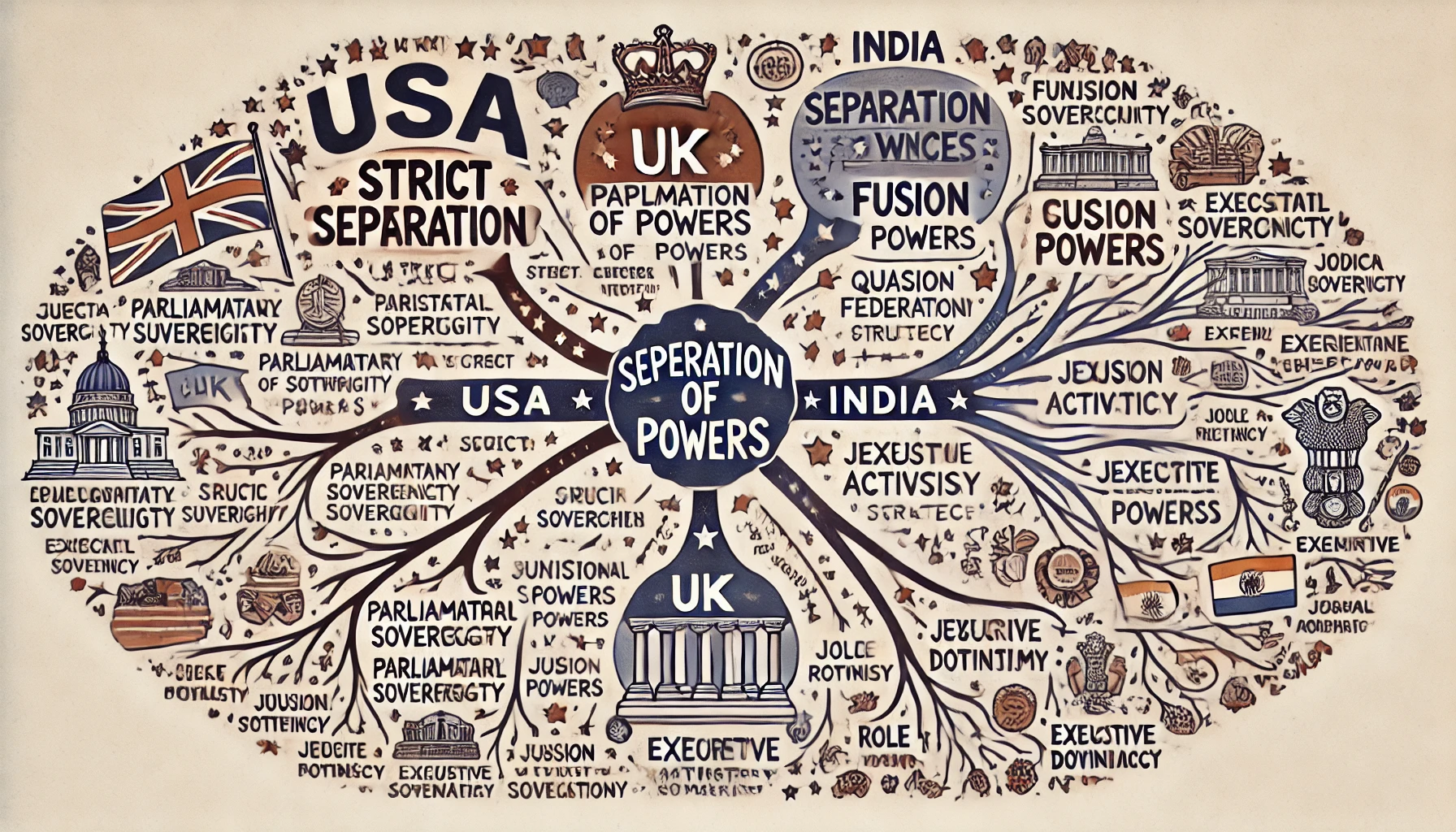



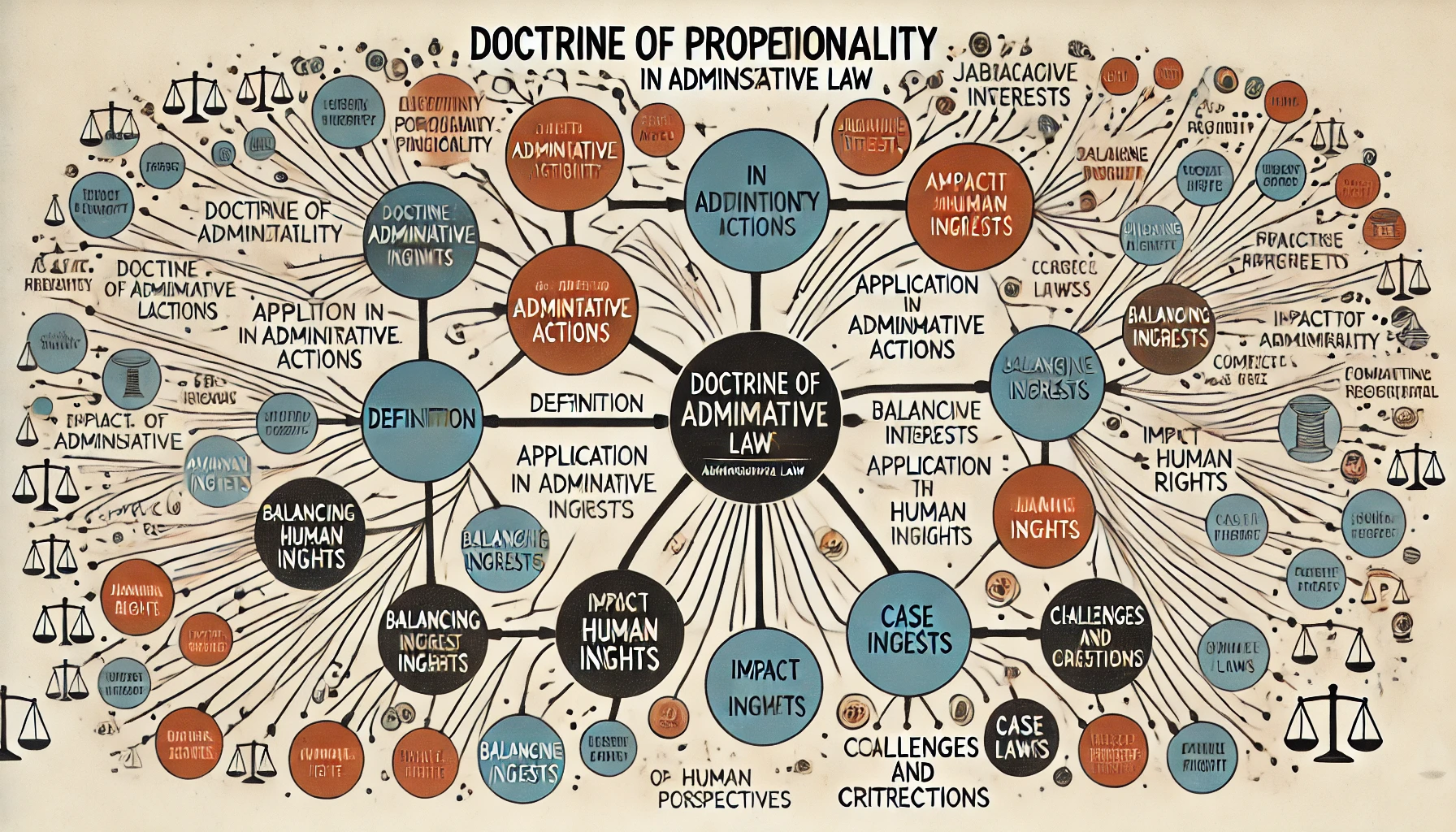
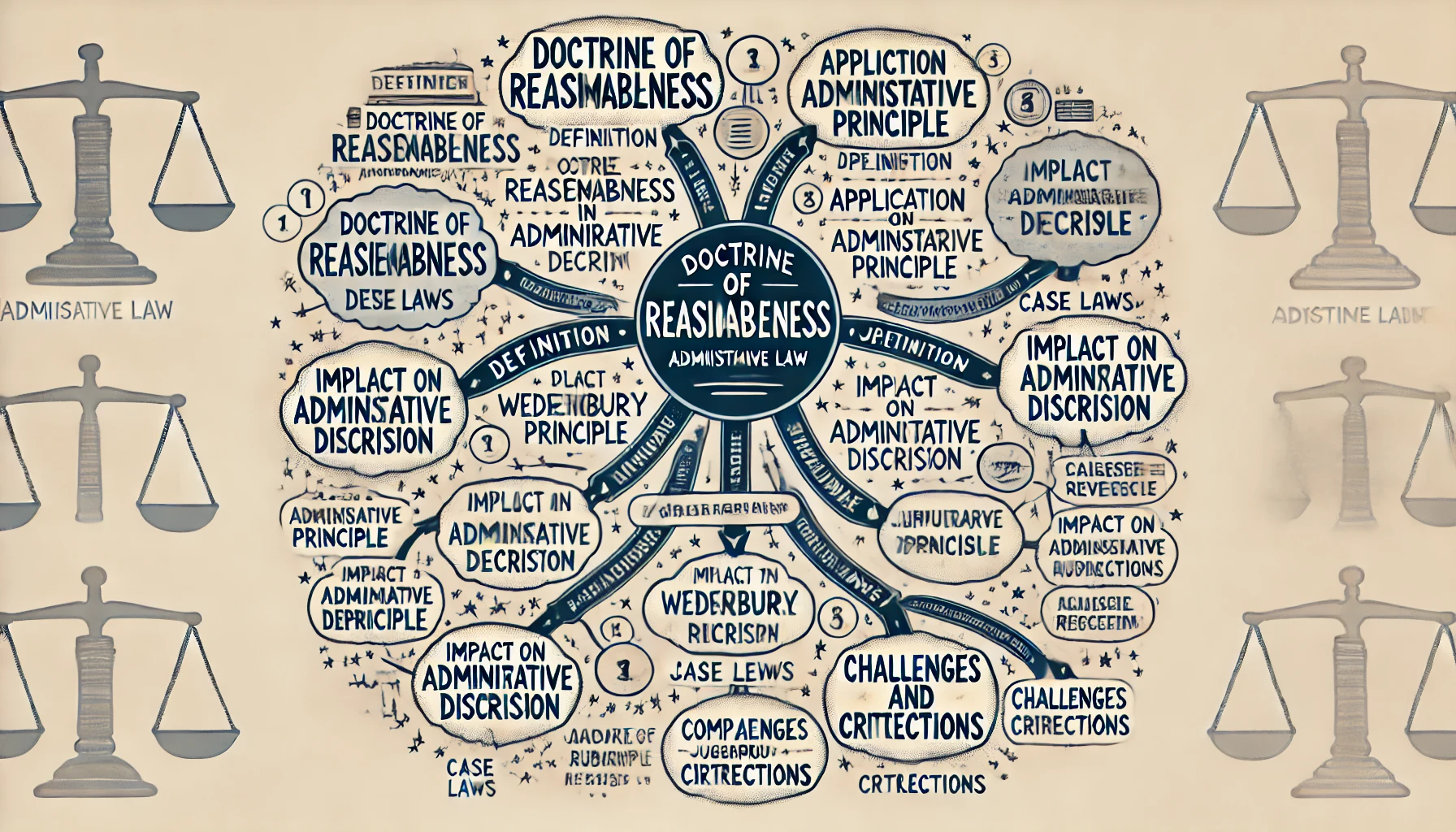
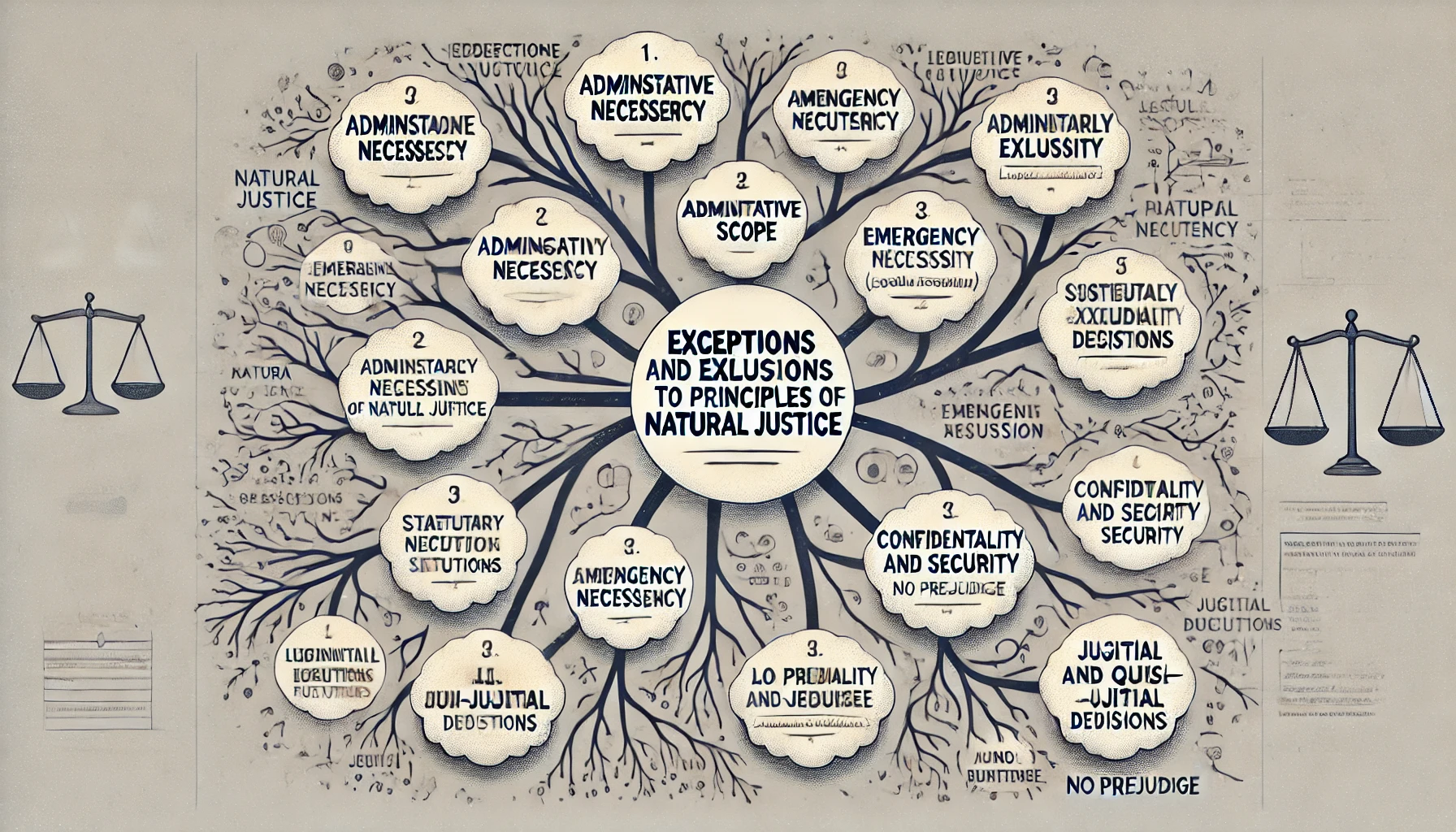
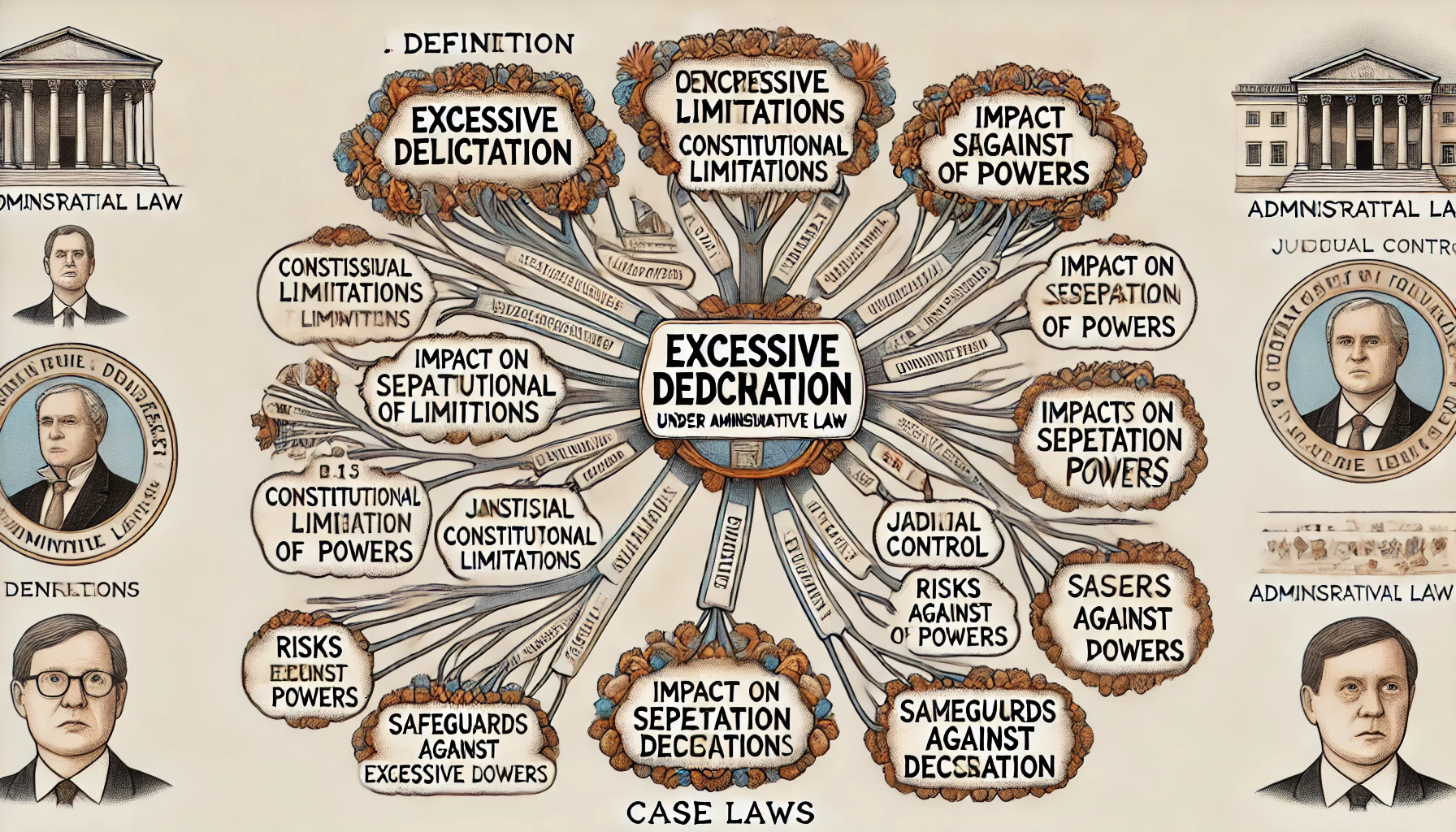

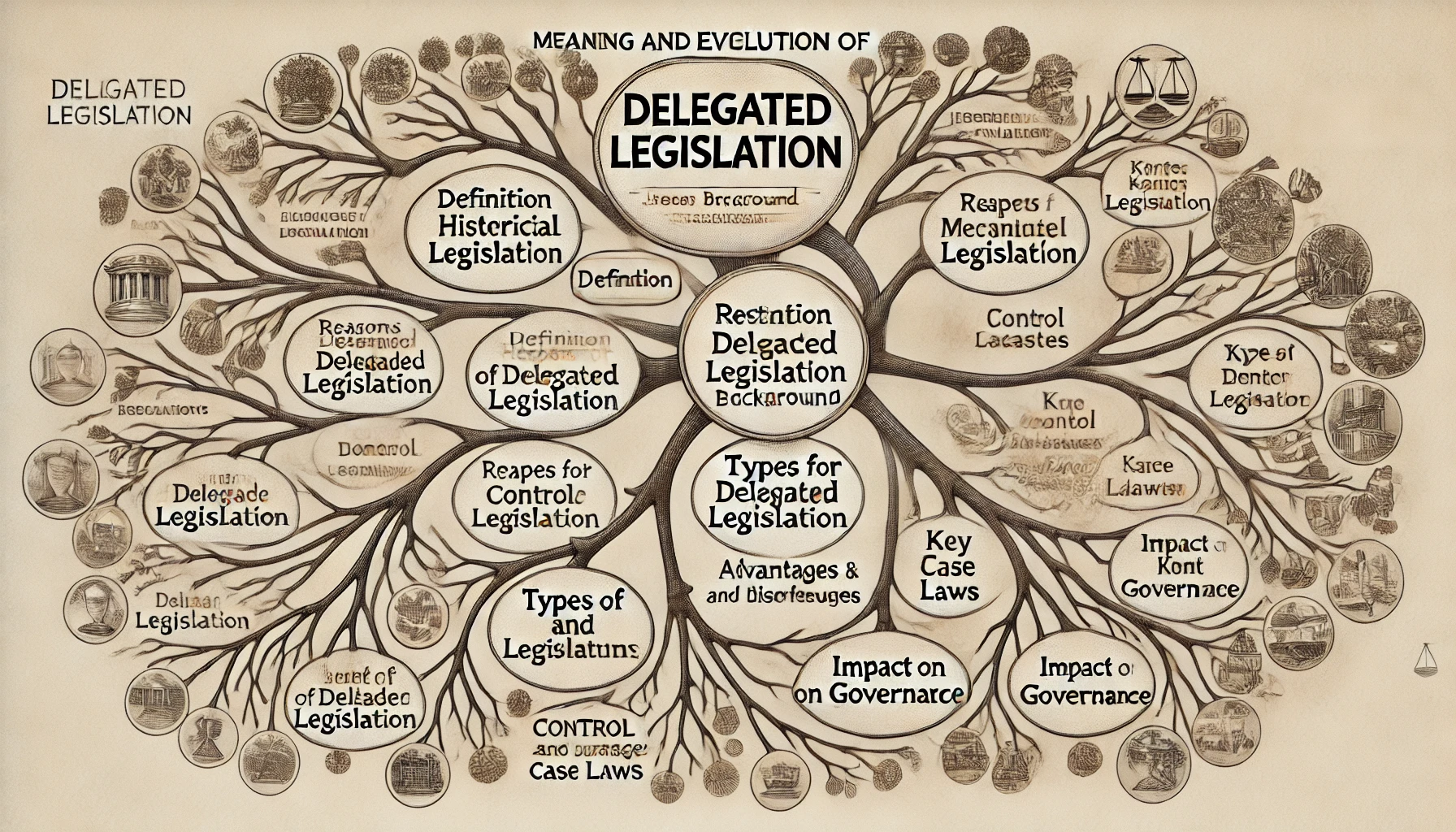
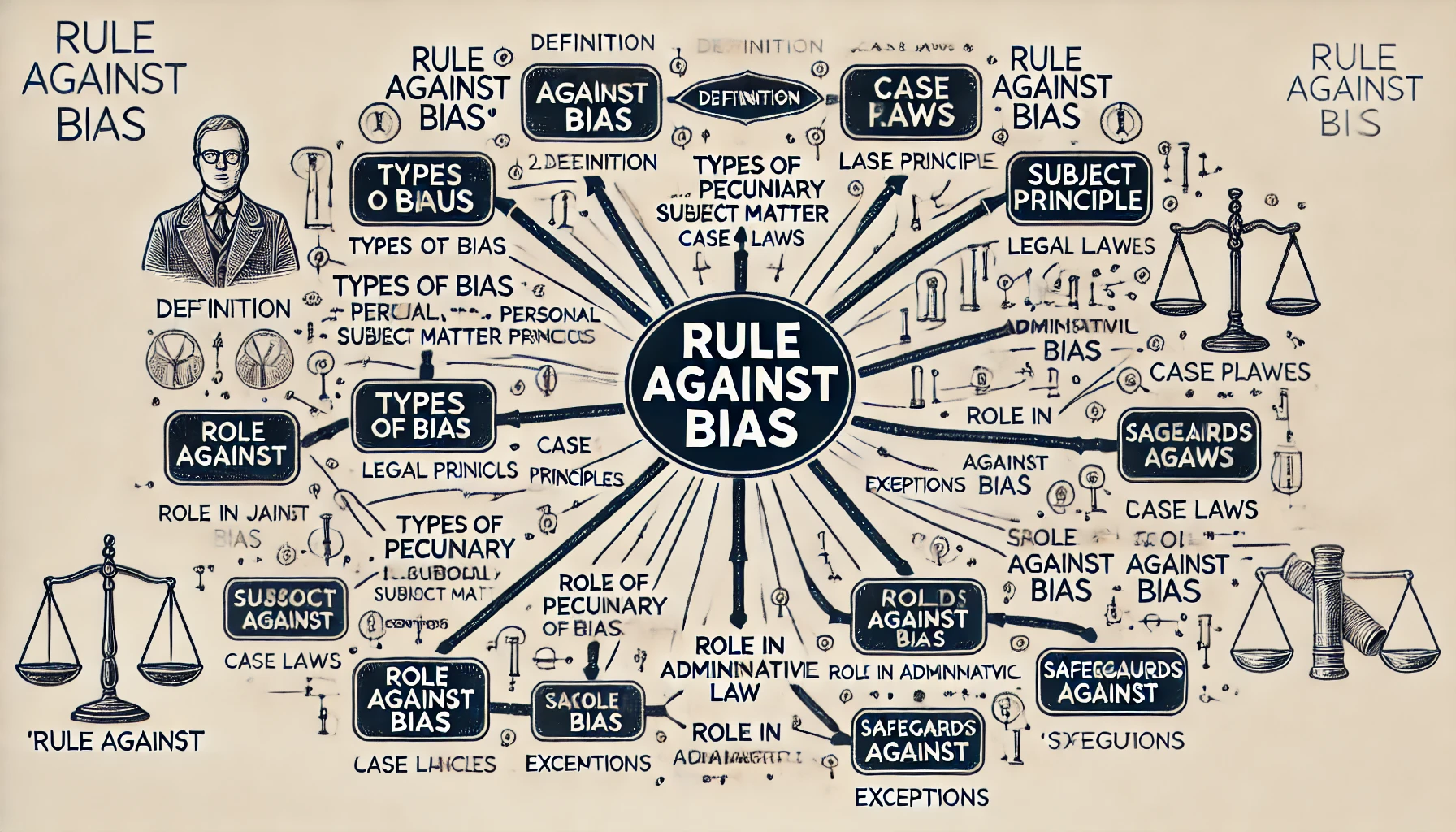

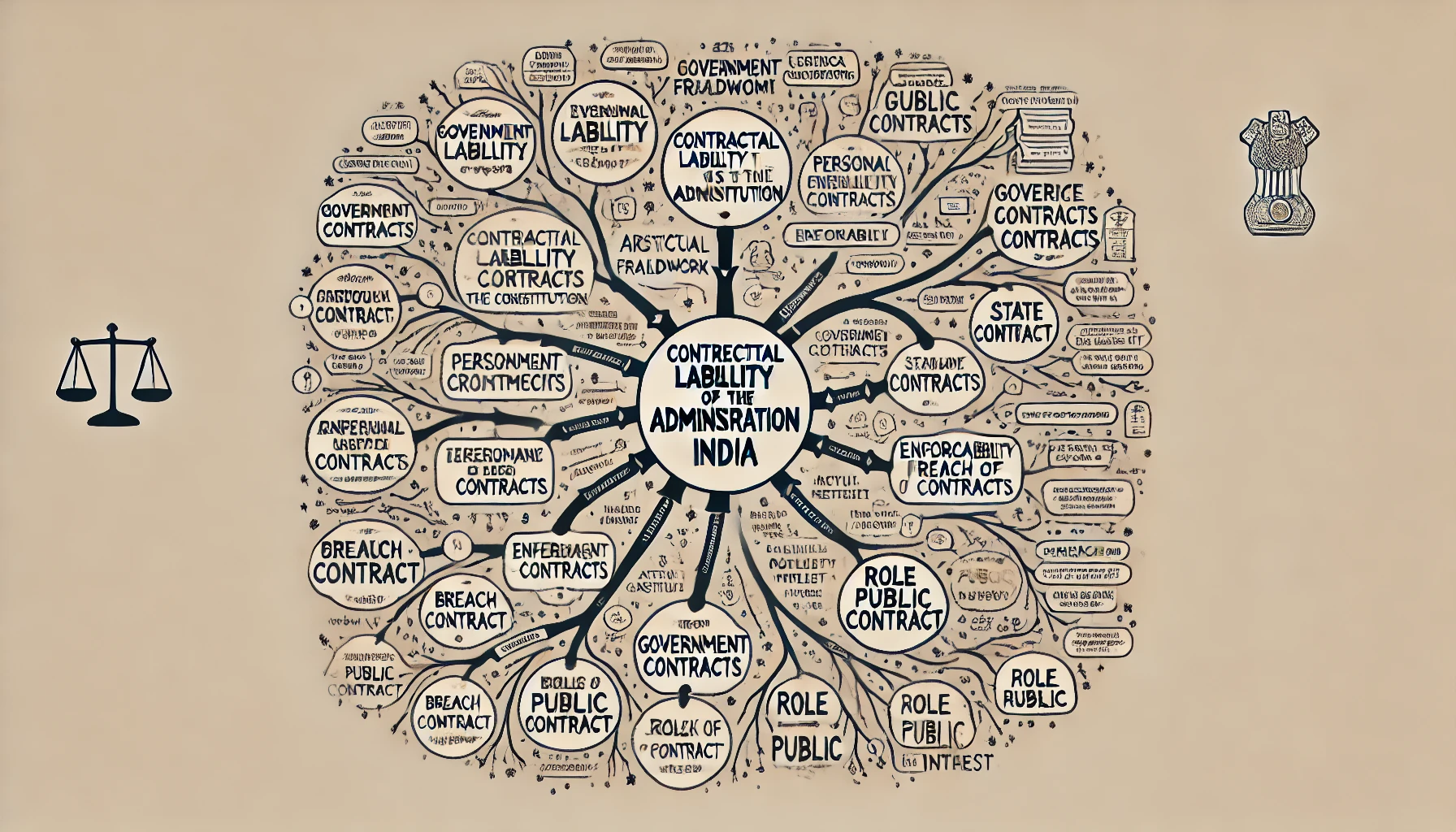



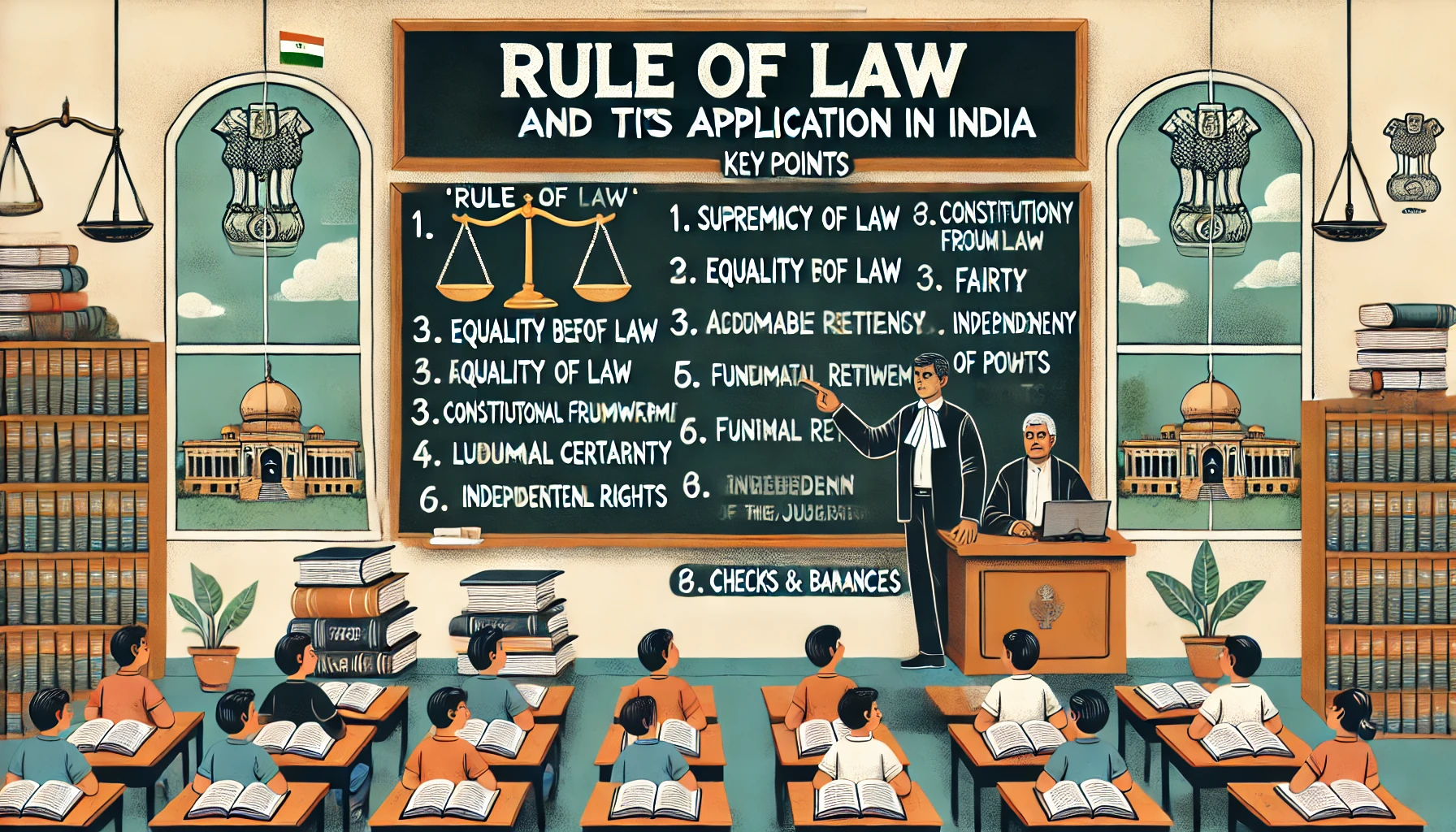



























































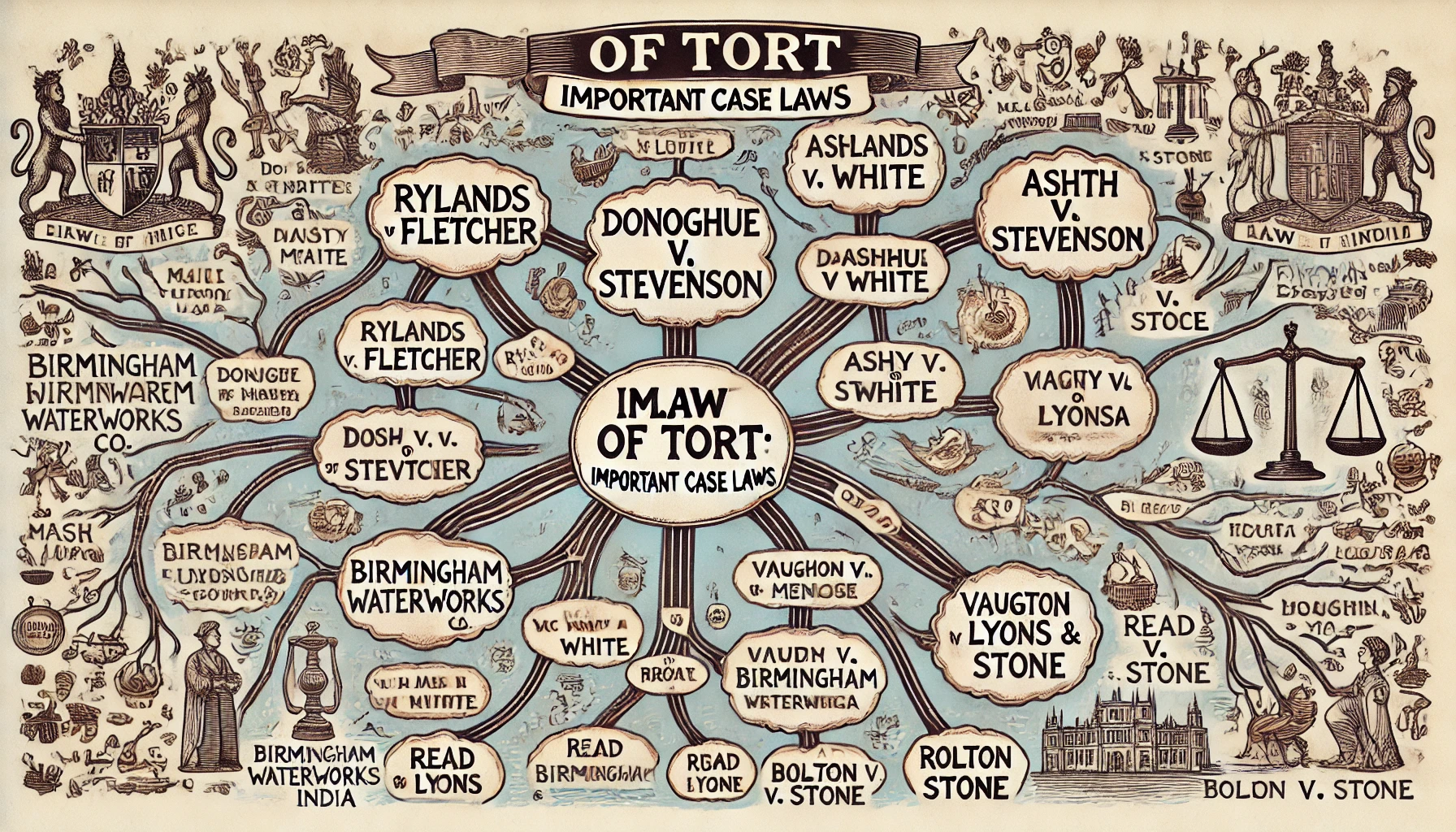

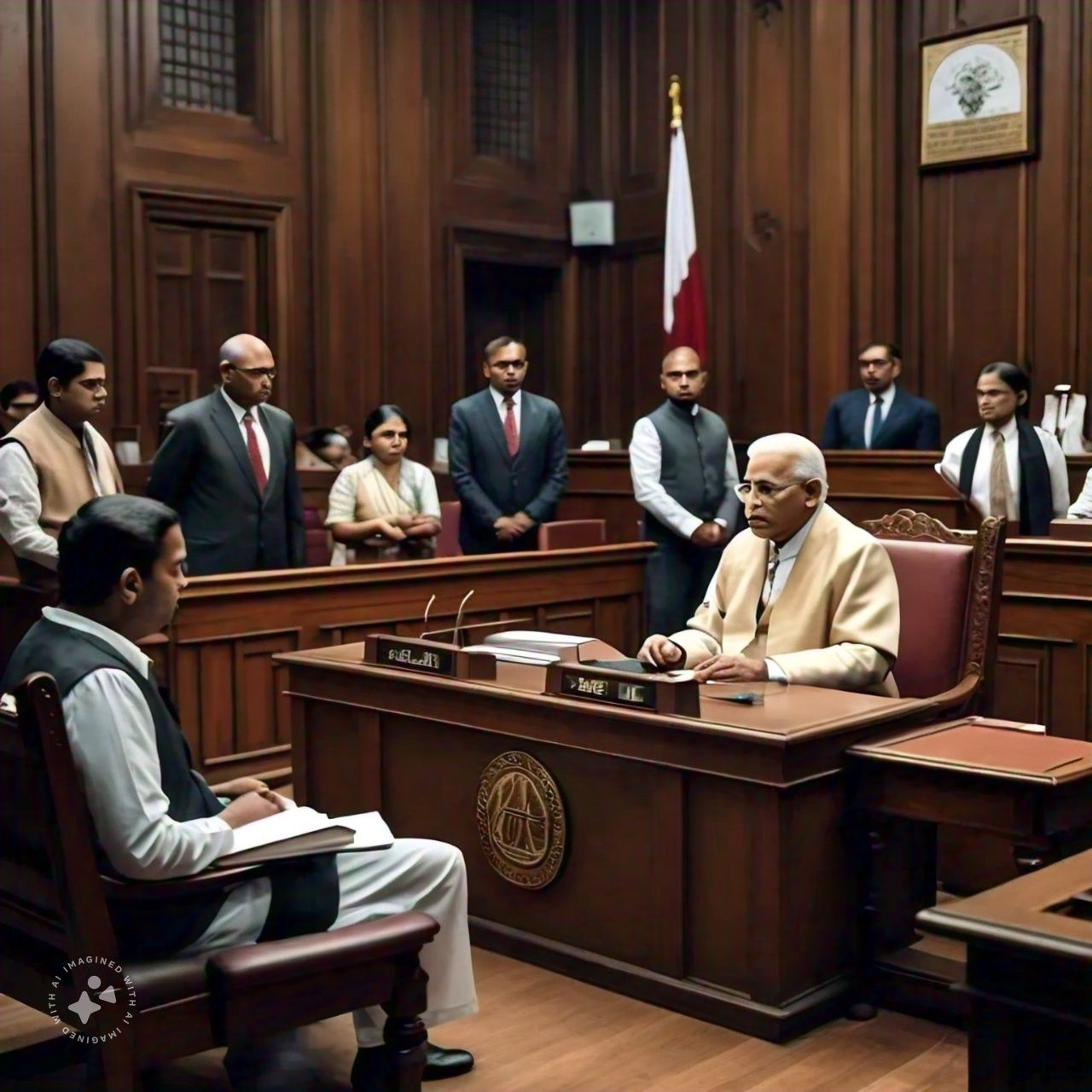









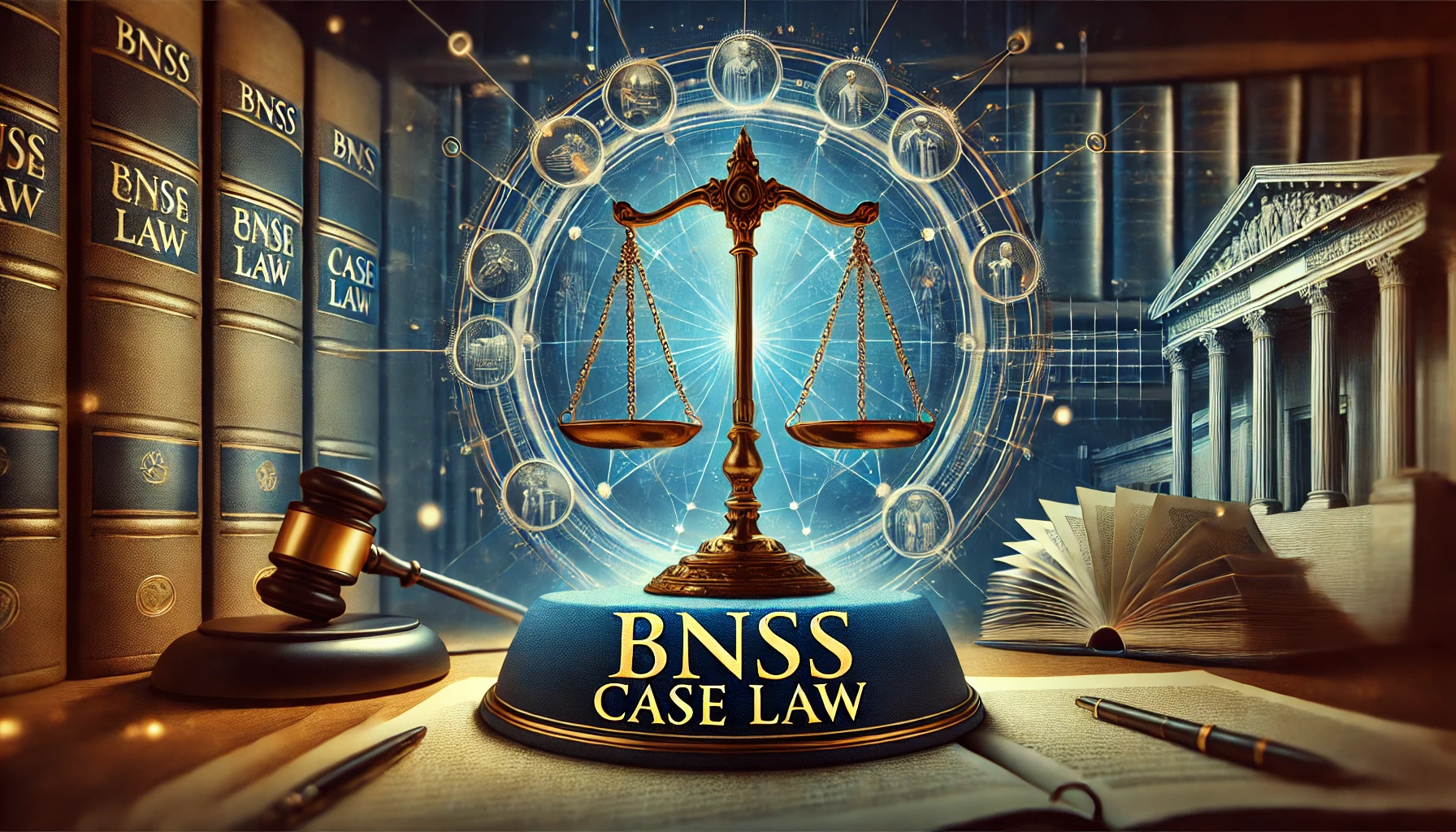














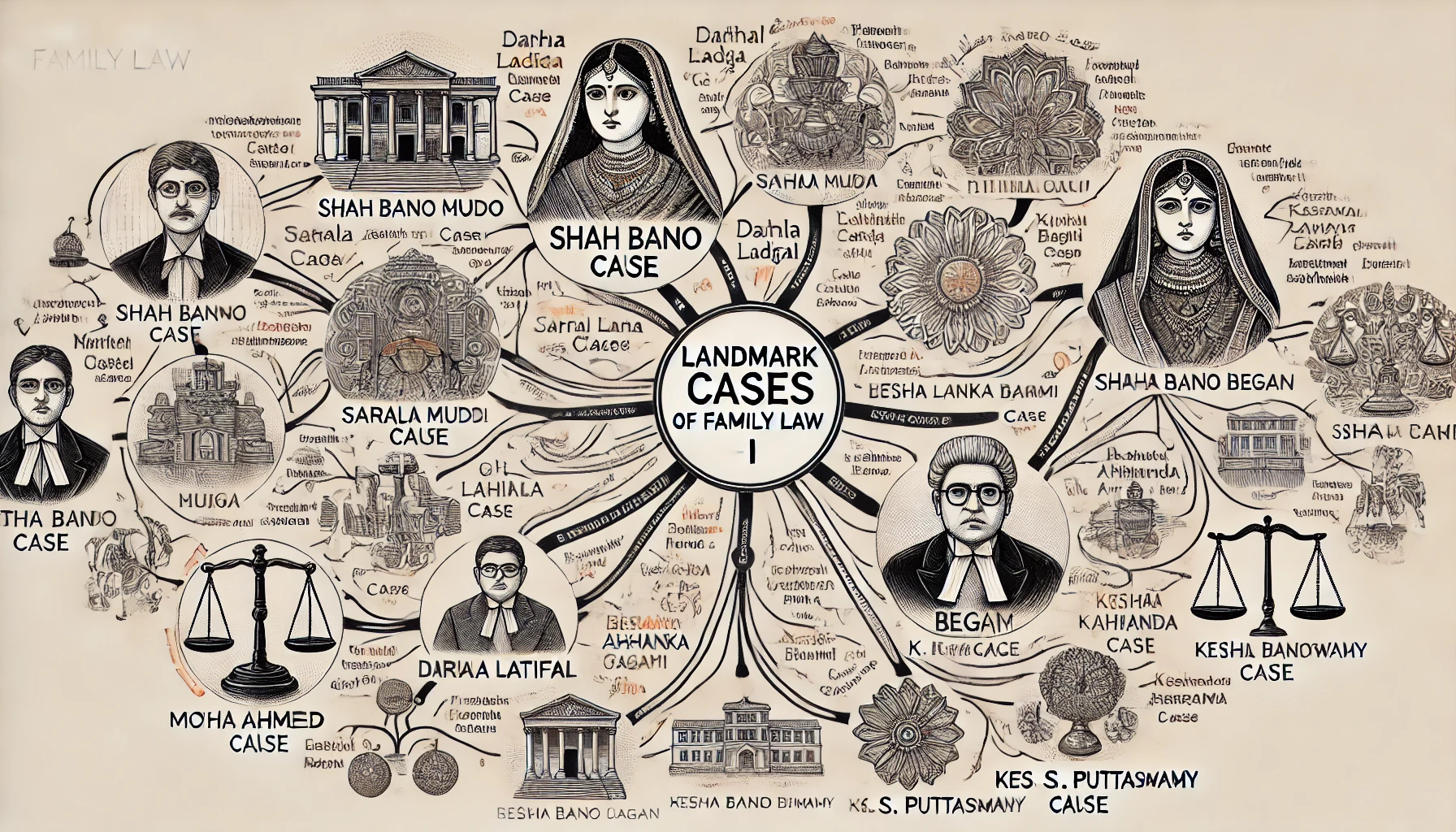


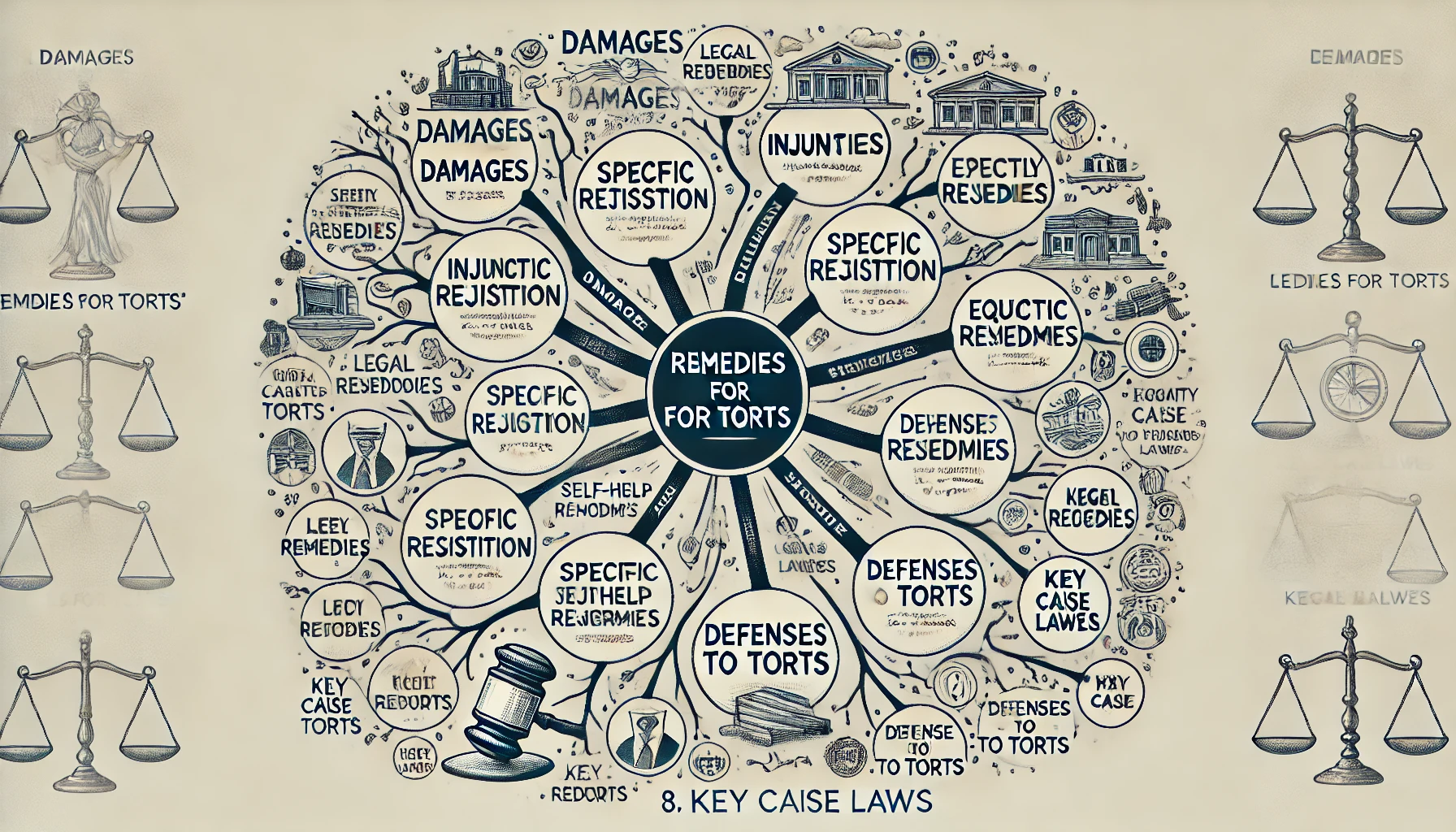









Comment
Nothing for now